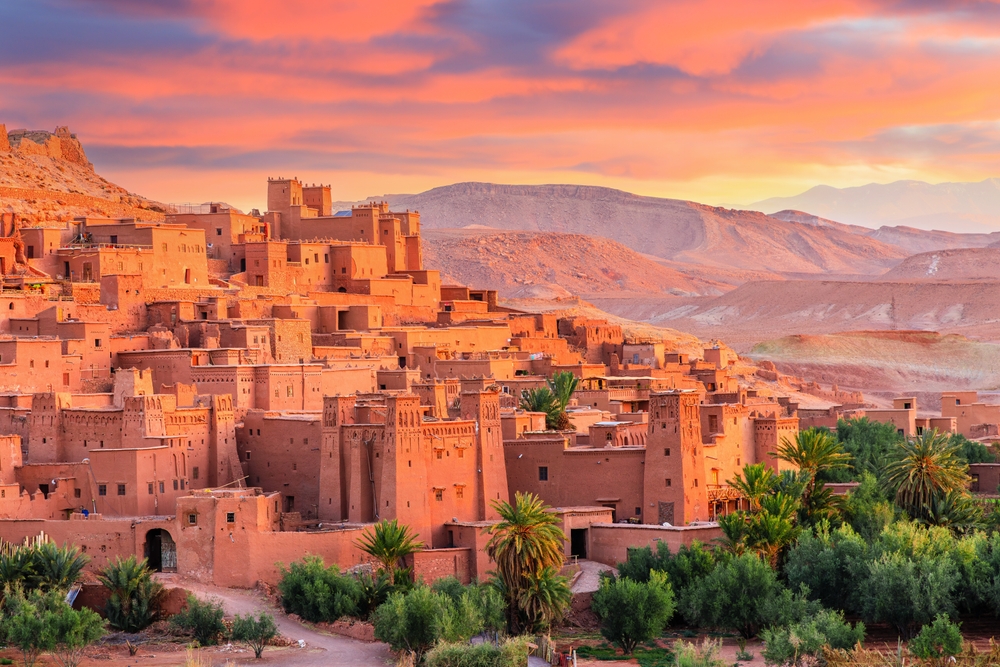A lost or stolen phone can be a nightmare. It’s especially disastrous when this occurs while traveling. Unfortunately, it happens a lot, especially if you’re visiting a country known for having issues with pickpocketing, like Italy or France.
Whether you’re heading to Paris to watch Simone Biles or Sha’Carri Richardson compete in the 2024 Olympics or squeezing in a last-minute vacation before school starts, check out these tips to give you some peace of mind in case your smartphone takes an unauthorized adventure during your trip.
Travel tips
Tip #1: Back up your device before you go.
Backing up your device to a cloud service or computer can save you from the agony of losing everything on your smartphone. This digital copy will restore everything from your pre-trip iPhone or Android to the new device.
If your device backs up onto iCloud or Google Drive, most phones will automatically back up daily when connected to WiFi and not in use.
Tip #2: Log out of apps.
Log out of important apps. In this case, this refers to banking apps, payment apps, like Venmo, and shopping apps, like Amazon.
Think of it like this: if you can spend or send money in the app, log out of it.
Consider also signing out of apps with access to personal information or professional platforms, like email and social media accounts.
Tip #3: Enable your device’s Find My or Find My Device.
Before your trip, enable your device’s location tracking. Apple’s Find My and Google’s Find My Device allow you to track the current or last known location of your phone from another device or computer.
The phone needs to be turned on for the tracking to show the most accurate location data. Otherwise, it may only show the phone’s last known location or display that the phone can’t be located.
Tip #4: Take a different device.
Smartphones can be expensive, so consider taking an older model, purchasing a secondhand device or buying a flip phone. This secondary device doesn’t need all the data, apps or pictures you have on your everyday device, so avoid putting any apps or information that aren’t necessary for your trip.
Tip # 5: Go analog!
Bring printed copies of anything important, like booking confirmations, addresses and phone numbers.
Bring a map of the area and mark important places, such as your hotel, popular landmarks, train station or restaurants you want to visit so you have it in case you need it.



